Dogs can’t speak verbally and therefore if you can understand dog body language then count yourself so lucky. This will enable you to relate well to your dog. This article is going to expound on the 15 dog body languages that you should know about.
As a dog owner, you should have unconditional love for your dog. You should do all within your capabilities to make sure that your pooch feels as comfortable as possible living with you. Understanding your dog is very vital in having a positive relationship with your pooch.
Understanding 15 Dog Body Language Signs
How to Read Dog Body Language And Your Dog’s Emotional State
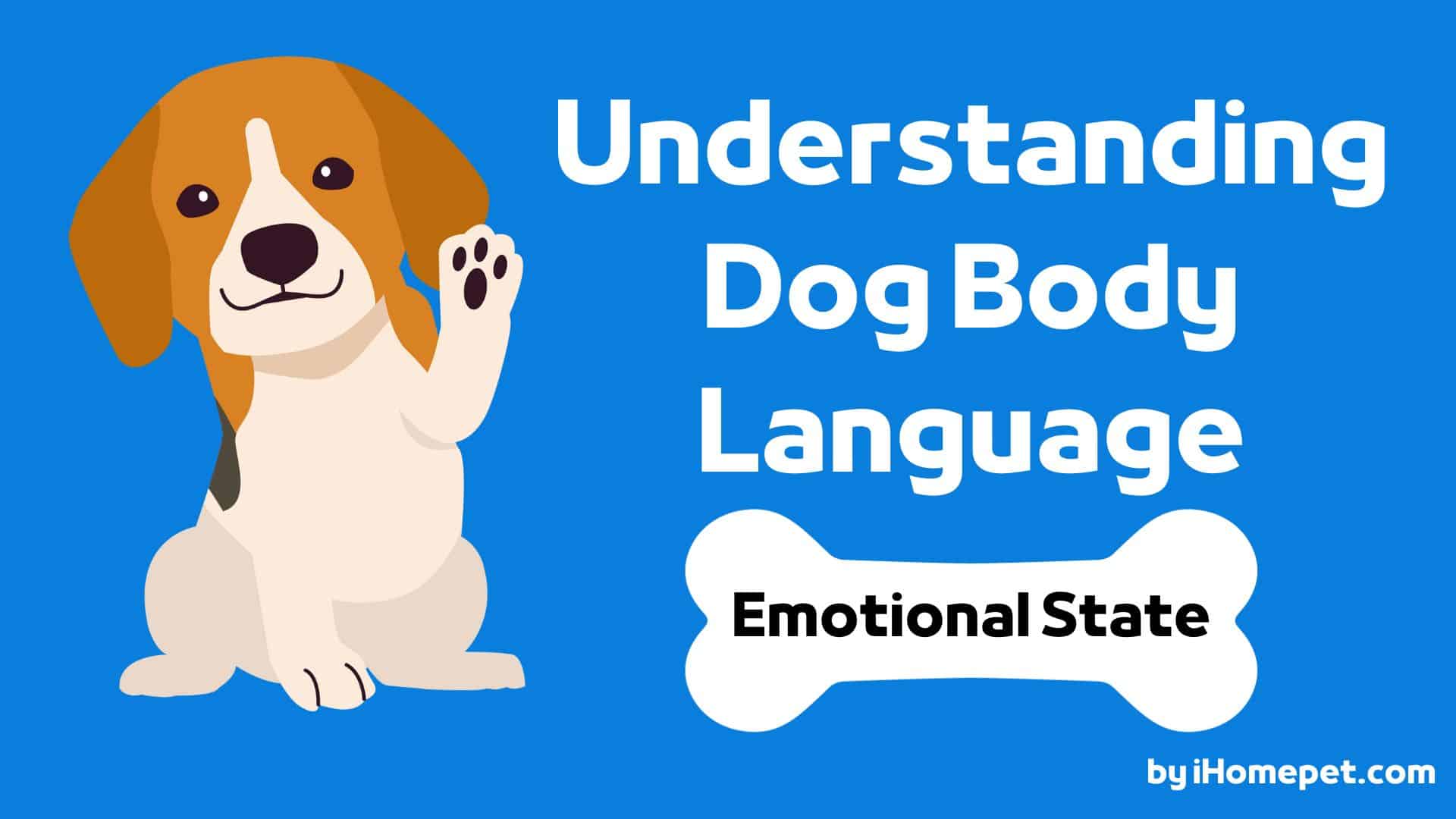
If you really want to be good in reading your dog’s body language, then you must be very keen and observe his behavior. Let us now explore some of the common in dog’s communication languages that you should be aware of as a dedicated pet owner.
#1. Active influence
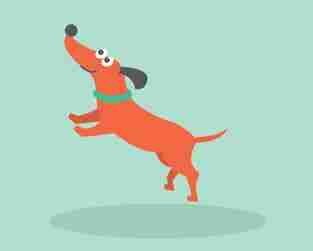 An active dog will be very active and demands a lot of attention. If your canine companion keeps jumping up, barking and at the same time mouthing and nipping, then you should know that your dog is very active.
An active dog will be very active and demands a lot of attention. If your canine companion keeps jumping up, barking and at the same time mouthing and nipping, then you should know that your dog is very active.
Also, an active dog will always appear to be restless most of the times; he might even knock you over or scratch you with his paws. He will keep running up and down while trying to get your attention as much as possible.
You should be very happy if your dog is active and try to interpret the message your pooch is trying to pass unto you. An active dog will always have its tail raised as it tries to wag it from left and right. While this active behavior may be confused with aggression, your dog may not be intending to be aggressive in any way.
An active dog will assume the ready to chase or pounce posture. Its floppy ears will be facing forward while at the same time wagging its tail. If your happy dog portrays signs of having an active influence, he needs to be trained both actively and passively.
#2. Passive influence
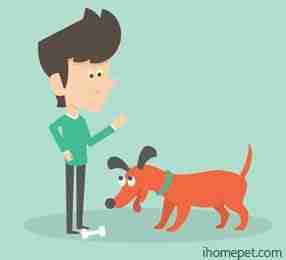 This dog will engage with you more passively. He will seek your attention by staring at you in such a way as to ask you to pet him. Apart from that, it can also nudge or lick you as a way of attracting your attention.
This dog will engage with you more passively. He will seek your attention by staring at you in such a way as to ask you to pet him. Apart from that, it can also nudge or lick you as a way of attracting your attention.
It will try as much as possible to convince you to play with him by dropping various things at your feet. It is very vital that you understand what your older dog is trying to tell you whenever he portrays any body language.
This canine body language should not call for alarm, and therefore you should not be worried if your dog portrays these body signals. They only needs passive training so that your canine best friends can know your possible responses to his requests.
#3. Assertive – Aggressive
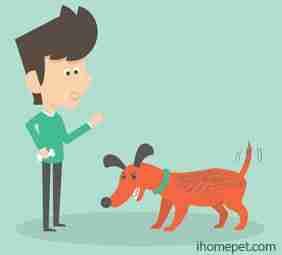 An aggressive dog will always have his tail and raised paw, bark a lot, has a wrinkled nose, front teeth and gum visible and his hackles raised among other symptoms. An aggressive dog is a very confident animal and is somehow sure that he will dominate in case you challenge him.
An aggressive dog will always have his tail and raised paw, bark a lot, has a wrinkled nose, front teeth and gum visible and his hackles raised among other symptoms. An aggressive dog is a very confident animal and is somehow sure that he will dominate in case you challenge him.
They normally express their social dominance as well as issuing a threat to anyone trying to come their way that if challenged, they might act aggressively. You can use your peripheral vision to observe the movements of the dog.
If you make any sudden movements or raise your hands, then hell will descend on you. The dog might feel challenged and bite you. Some love dogs need to be trained carefully so as to make him non-aggressive. This is because no one would like to have an aggressive dog which can turn against its owner and bite him anytime.
#4. Assertive – Overly confident
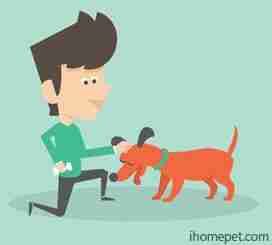 All dog owners would wish to have very confident dogs. But how will you know that your puppy is confident if you cannot understand dog body language? Well, a confident one will have its very high wagging tail very high, its tongue out and its ears upright. A confident dog will never be worried about what is happening in the surroundings.
All dog owners would wish to have very confident dogs. But how will you know that your puppy is confident if you cannot understand dog body language? Well, a confident one will have its very high wagging tail very high, its tongue out and its ears upright. A confident dog will never be worried about what is happening in the surroundings.
He will never be threatened with what is happening close to him. While it is important for your pup to be confident, there should be a distinct line between being confident and aggressive. By observing their body language, vocalizations, and overall behavior, we can better gauge their emotions and respond accordingly.
There is a higher possibility that your dog could be overconfident to the point that he might become assertive or aggressive which is something that you would not like. It is therefore very important to train your dog to maintain his confidence within some given boundaries so that he doesn’t become overconfident.
It is worth noting that such a fearful dog is usually approachable, and therefore you should not be worried or fear such a pet. Canine communication can be expressed in several ways, and we should be aware of these signals in order to understand and interact with dogs effectively.
#5. Alert/ Self-assured
 This is another dog body language that every down owner should be in a neutral position to understand. Also, this whole body language is normally portrayed when your dog notices something that attracts his attention.
This is another dog body language that every down owner should be in a neutral position to understand. Also, this whole body language is normally portrayed when your dog notices something that attracts his attention.
Plus, to know that your dog is alert, you must be on the lookout for the following signs. The dog will have his ears facing forward while switching them to front paw, at the same time; his mouth will be closed, the eyes will be wide open with a horizontal tail which does not bristle.
If you own a pooch that is always alert, you should count yourself lucky because that is a sign of having a very smart dog. It would be an excellent problem solver which can reason quite quickly to get himself out of a tricky situation. You should see to it that you train your dog to use his skills in a better manner.
#6. Relaxed – middle of the pack
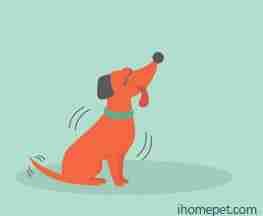 Your dog’s ears should always be relaxed. This is one of the easiest dog body languages to read. Even those dog owners with less experience in understanding dog body language should be in a good position to understand this body language.
Your dog’s ears should always be relaxed. This is one of the easiest dog body languages to read. Even those dog owners with less experience in understanding dog body language should be in a good position to understand this body language.
A relaxed dog will have a very relaxed posture. His body will appear to wag somehow; his tail will be down and relaxed. He may also have his mouth open with his tongue slightly exposed. Most dogs will always be interested in pleasing the owner and is also very easy going.
This is because if he is asleep then your act of petting him my wake him up and he might wake up while already aggressive and bite you. After understanding your dog’s body language to pass the message that he is relaxed, it is therefore important to train him so that he does not become prone to over-exuberance.
#7. Fearful – Aggressive
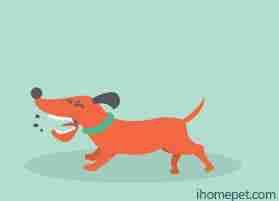 Most dogs will be fearful and aggressive when directly facing the person threatening them. The pup may show signs of fear and will try to get himself out of the situation by becoming aggressive.
Most dogs will be fearful and aggressive when directly facing the person threatening them. The pup may show signs of fear and will try to get himself out of the situation by becoming aggressive.
A good pet owner should be able to understand this body language so as not to misjudge the dog’s weight. There are special ways of handling such dogs, but the most important thing is to understand him in the first place.
First of all, a fearless dog will appear dull and always stressed up. Such a dog’s eyes will always be on the edge. If your dog growls, barks and lunges at almost everything at the slightest movements around him then be sure that your dog is fearful. Your puppy will lower his body, have his hackles raised, tuck his tail and have his tail tucked and ears back while his eyes are dilated.
#8. Fearful – Nervous
 If you understand dog body language, then you should know that dogs which are fearful need not only be aggressive but can also be nervous. A nervous dog will always be uncomfortable and might not know what is going on around him.
If you understand dog body language, then you should know that dogs which are fearful need not only be aggressive but can also be nervous. A nervous dog will always be uncomfortable and might not know what is going on around him.
Also, if your dog is fearful and nervous, he will be sleeping most of the time with one eye open. The dog will also seem to be anxious and worried most of the time. Your furry friend will always have his ears back, tail low while leaning back most of the time.
#9. Shy – Submissive – Timid
 Shyness is not only a human beings’ issue, but even dogs can also be shy at times. If your dog is shy, then you don’t need to be worried so much. But this doesn’t mean you should not be worried at all.
Shyness is not only a human beings’ issue, but even dogs can also be shy at times. If your dog is shy, then you don’t need to be worried so much. But this doesn’t mean you should not be worried at all.
A shy dog will always turn his body sideways when greeting other dogs or other people. If your pooch is shy, then he will show shyness in almost every aspect. It is therefore very important to understand this dog boy language to stop you from misinterpreting your dog’s hackles. A shy dog will always be lonely as well and will like keeping to himself.
If your dog is shy, then there is something to be happy about. It will always want to make you happy by always pleasing you as the dog trainer and owner. The process of training a dog is also very easy and therefore he will always obey your responses to his advances.
#10. Submissive
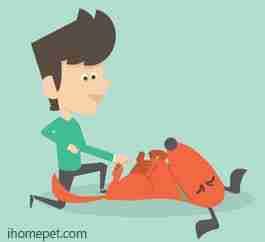 There are those dogs that will always be entirely submissive. Submissive dogs are prone to becoming anxious and nervous when approached. They may also be frightened at times. Such dogs will always run towards you while wagging their tails and then lie on their backs.
There are those dogs that will always be entirely submissive. Submissive dogs are prone to becoming anxious and nervous when approached. They may also be frightened at times. Such dogs will always run towards you while wagging their tails and then lie on their backs.
Other signs that a submissive dog would show include partly closing his eyes, tucking its tail as well as turning his head as a way of avoiding direct eye contact dog communication with you. A submissive dog will never exhibit any aggressive behavior, and this is something that every dog owner should know.
#11. Alert- Checking Things Out
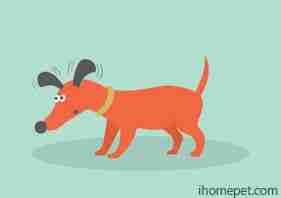 The same way human beings feel safe when they are sure of everything happening around them is alright is the same way dogs are. There are somebody signs that a dog will exhibit to show that he is alert.
The same way human beings feel safe when they are sure of everything happening around them is alright is the same way dogs are. There are somebody signs that a dog will exhibit to show that he is alert.
We must accept the fact that most puppies are always aware of what is happening around them. This is because most love dogs normally feel insecure and the only way to make them feel secure is by being alert. The dog will, therefore, need to check his surrounding to make sure that he is aware of what is going on.
#12. Playful
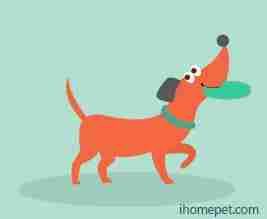 There is a saying which claims that “all work without play makes Jack a dull boy.” Well, this saying does not only apply to humans alone but dogs too. Your dog would want to play with you. But because he cannot communicate this to you verbally, how will you know what your dog wants?
There is a saying which claims that “all work without play makes Jack a dull boy.” Well, this saying does not only apply to humans alone but dogs too. Your dog would want to play with you. But because he cannot communicate this to you verbally, how will you know what your dog wants?
He will do some basic activities as a way of inviting you to play with him. Your dog will bark with excitement and do some playful attacks as well as retreats. He will try as much as possible to convince you that the attacks are meant to invite you to play and not as a way of threatening or challenging you.
#13 Tail wagging
Your dog’s tail can tell you a lot about your canine companion. When a dog wags its tail, it usually indicates happiness and excitement. However, it’s important to pay attention to the speed and natural position of the wagging, as different tail movements can convey different emotions.
A wagging tail means that the dog is experiencing positive emotions such as joy or anticipation. A slow and low wag may indicate caution or uncertainty, while a fast and high wag could suggest heightened arousal or aggression.
Appeasement behavior is also present when your dog’s tail is tucked between its legs. This can indicate fear or submission, as the dog is trying to make itself appear smaller and less threatening. Additionally, a stiff and rigid tail may signal alertness or aggression, as the dog is preparing for potential conflict.
#14 Lip licking
Dogs lick their lips to show anticipation or as a sign of stress. Lips being licked can also be a way for dogs to communicate their desire for food or to indicate that they are feeling anxious or nervous. It is important for pet owners to pay attention to the context and other body language cues when interpreting their dog’s lip-licking behavior.
Raised hackles are another canine communication pattern that may indicate that a puppy is feeling threatened or fearful. Observing these behaviors can help pet owners better understand and respond to their dogs’ emotions.
#15 Body posture
Your dog’s entire body should be relaxed and aligned. This indicates that your dog is comfortable and at ease. A relaxed and aligned body posture is a sign that your pup is in a good state of mind.
Some dogs facial expressions can also indicate their level of comfort. Your dog’s face should be relaxed, with a soft expression and loose muscles. Their eyes may be partially closed or squinting, and their mouth may be slightly open or their tongue may be hanging out.
Body freezing is a sign of fear, and it is often present when there is a perceived threat or an uncomfortable situation. The body freezing response is an instinctual reaction that prepares the individual to either confront or flee from the source of danger.
Calming signals
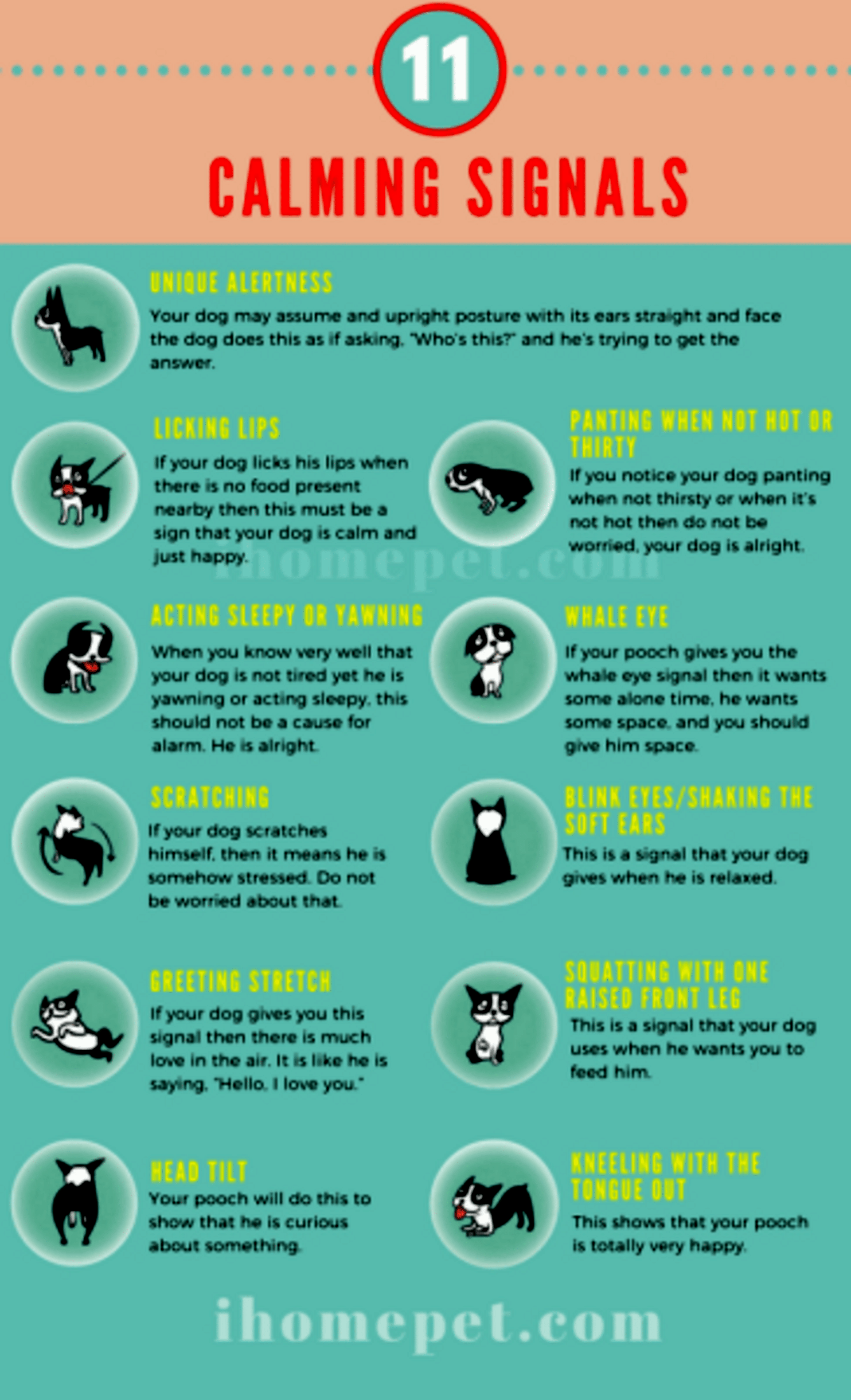
These types of movements are also known as displacement behaviors and are often observed in animals when they are feeling stressed or anxious. They can include things like yawning, lip licking, or scratching, and are thought to help the animal communicate their need for space or to diffuse tension in a social situation.
Avoiding eye contact has different meanings for different species. A tight face can mean that your puppy has the “whale eye,” which is a common behavior in dogs where the whites of their eyes are visible, suggesting stress or anxiety. Whale eyes can also mean that your dog needs attention or is feeling threatened.
Stressed puppies often avoid eye contact as a way to cope with their anxiety. They may look away or avert their gaze to signal their discomfort and desire for space. Additionally, avoiding eye contact can also be a sign that the puppy is in need of reassurance and support from their owner.
Wrapping up
Do dogs smile? While dogs may not smile in the same way humans do, they can display signs of happiness and contentment. It is very necessary to be able to understand our dog’s behavior and body language. Dogs rely on body language because that is how they communicate with us.
That is why this article has outlined some of the 15 dog body languages that every pet owner should be aware of. This has been done as one of the initiatives taken to make sure that our dogs enjoy living with us.
After mastering the dog body languages discussed in this article, you can share this comprehensive article with your friends who own dogs. If you have any question, let me know in the comment section below.
Last Updated on 16/03/2025 by Karen Snow
Hi! I’m Karen and a certified dog lover. As a freelance writer and blogger, I do my best to squeeze in some time with my dogs, learning more about the way they act and how I can make sure that they continue to stay well-cared for by yours truly.
My dogs have helped me through a lot, and this is my way of giving back to them! Besides animals, I also love to travel and cook, having explored my country’s restaurants and unique places. Follow me as I show you all the amazing tips and bits of information I learn along the way about our furry friends!

Good infogrphic 🙂